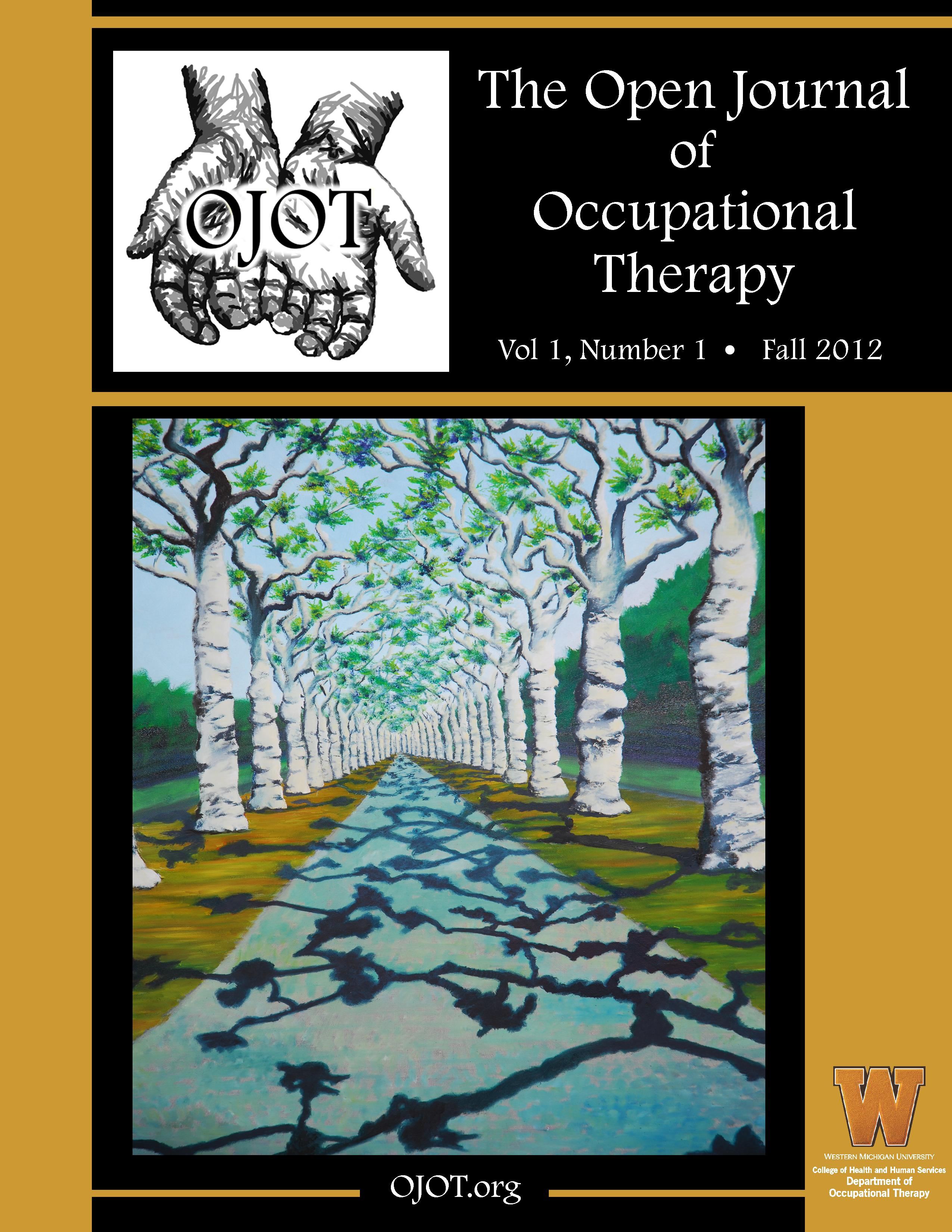ScholarWorks > HHS > OT > OJOT > Vol. 5 > Iss. 2 (2017)
Credentials Display
Jim Hinojosa, PhD, OT, BCP, FAOTA
Abstract
The Anne Cronin Mosey lecture seeks to stimulate provocative thinking about issues important to occupational therapy. The speaker is asked to raise a controversial issue and provide a perspective that may challenge many in the audience. In this paper, I examine occupational therapy practice in the context of the dominant philosophical movement of American society. The first part presents the influence of America’s dominant philosophical movements on the profession: pragmatism (1917), modernism (1940), and, currently, postmodernism. I propose that occupational therapy’s acceptance of modernism has resulted in two major opposing viewpoints, prompting polarization and fragmentation in the profession. I argue that it is time for the profession to be guided by a pluralistic postmodern philosophy that embraces the profession’s diversity.
In the second part, I argue that practitioners should use postmodern pluralistic clinical reasoning, which emphasizes ethical concerns, practitioners’ competence and surrounding circumstances, and clients’ unique situations, while considering empirical evidence and theoretical perspectives. Postmodern pluralistic clinical reasoning does not argue for one conceptual model or theoretical approach. Instead, practitioners know that there are multiple possible interventions to address clients’ needs. The challenge is to select the best guideline for intervention or frame of reference given the clients’ and practitioners’ circumstances.
Recommended Citation
Hinojosa, J. (2017). How Society’s Philosophy Has Shaped Occupational Therapy Practice for the Past 100 Years. The Open Journal of Occupational Therapy, 5(2). https://doi.org/10.15453/2168-6408.1325

